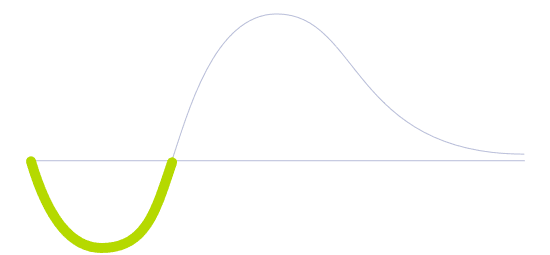Spatial Computing

Technology Life Cycle
Initial phase where new technologies are conceptualized and developed. During this stage, technical viability is explored and initial prototypes may be created.

Technology Readiness Level (TRL)
Prototype is fully demonstrated in operational environment.

Technology Diffusion
First to adopt new technologies. They are willing to take risks and are crucial to the initial testing and development of new applications.

Spatial computing is dedicated to providing a framework designed to blend technology into the world, encompassing virtual, augmented and mixed reality platforms. While VR places the user in another location, AR creates a new layer of digital content over the physical world. In the case of mixed reality, virtual objects are integrated into the natural world and, different from AR, these objects are responsive.
Spatial computing, therefore, is responsible for making hardware disappear by creating the perfect illusion of immersion as content adapts to the surroundings of the user, at the same time virtual spaces also feel like the natural world in the perception of the VR user. Spatial programming takes into consideration responsive techniques such as eye-controlled interactions based on the position of the user's head, working as a trigger for digital content. Hand gestures are also a method for interaction, either with the recognition of gestures in AR devices or with the help of specific controllers and haptic devices. Also, the user's voice can be used to activate digital content, similarly to what has already been experienced in the case of AI assistants.
Other devices and technologies that give support to spatial computing include 3D and camera sensors that capture information from the physical world, machine learning and AI. It works as a helpful tool to make programming more efficient, systems responsible for tracking physical changes and adapting them to digital content in real-time. Beyond games and the entertainment industry, spatial computing is making room in fields such as medicine (surgeries, for instance), logistics, mining, architecture, design, training, and so forth.
Future Perspectives
Adapting machine learning to spatial computing could bring new capabilities to cameras that are used to support spatial computing. In this sense, artificially intelligent virtual beings could interact with human users more effectively. They can appear in the natural world as holograms supported by mixed reality wearable devices or presented in virtual spaces through virtual reality. Social networks are also taking into consideration spatial computing as a means to create an authentic, virtual reality-based social space that could work as a substitute in many tasks, jobs or even social interactions.
Image generated by Envisioning using Midjourney